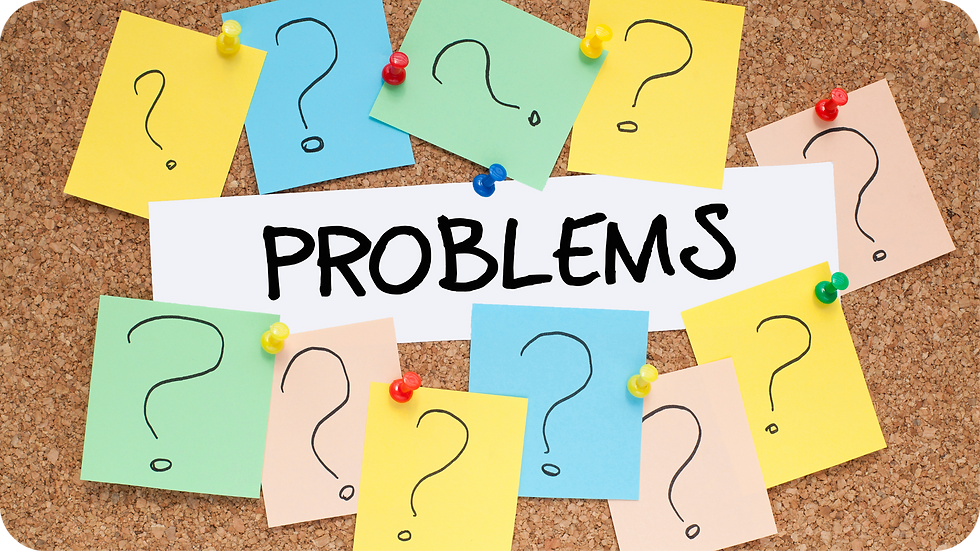How to help your child navigate challenges in two simple steps
- Nanette Botha

- Sep 6, 2023
- 2 min read
Some of our kids really struggle with this - knowing when a problem is a big problem and when it isn’t.
It is important for them to understand the difference, though; otherwise, many of our children become extremely anxious about things that are not worth the stress.
There are two simple things that we can do to help:
Talk about it. It is a good general “rule” to go by, and to teach your children, is that big problems are problems that require the help of an adult. It may also be when someone is hurt or in danger.
Let them figure it out. I’m not suggesting to sit back and watch your child really struggling and having a hard time. What I do suggest, though, is not to jump in and solve things for them when it’s not necessary.
If they get the practice, problems will become less scary, and not all problems will feel big anymore.
They will also become more confident with giving it a go before asking for help.
If your child currently needs you for everything and becomes distressed when they are expected to solve any little problem on their own, start slowly.
It will take a bit of time, but reassure your child that they are capable and allowed to find solutions to these problems. Even if the first plan doesn’t work, mistakes are a great way of learning and does not mean that you have failed. It rather means that your plans are improving.
Featured video guide
Watch the full video guide in the Tracto app
Our video guides are created by experts in the field of neurodiversity and include parent-led strategies that improve communication skills, coping skills, independence, challenging behaviors, and many more.
How to use Tracto
How does Tracto help me with this?
Note in your child's Tracto journal the challenges they encounter and how they respond to them. This will help you to identify successful strategies and more effectively address the challenges your child might be facing.

Get the FREE Tracto app to access our expert-designed tools such as tracking, journaling, routine reminders, and more video guides.













